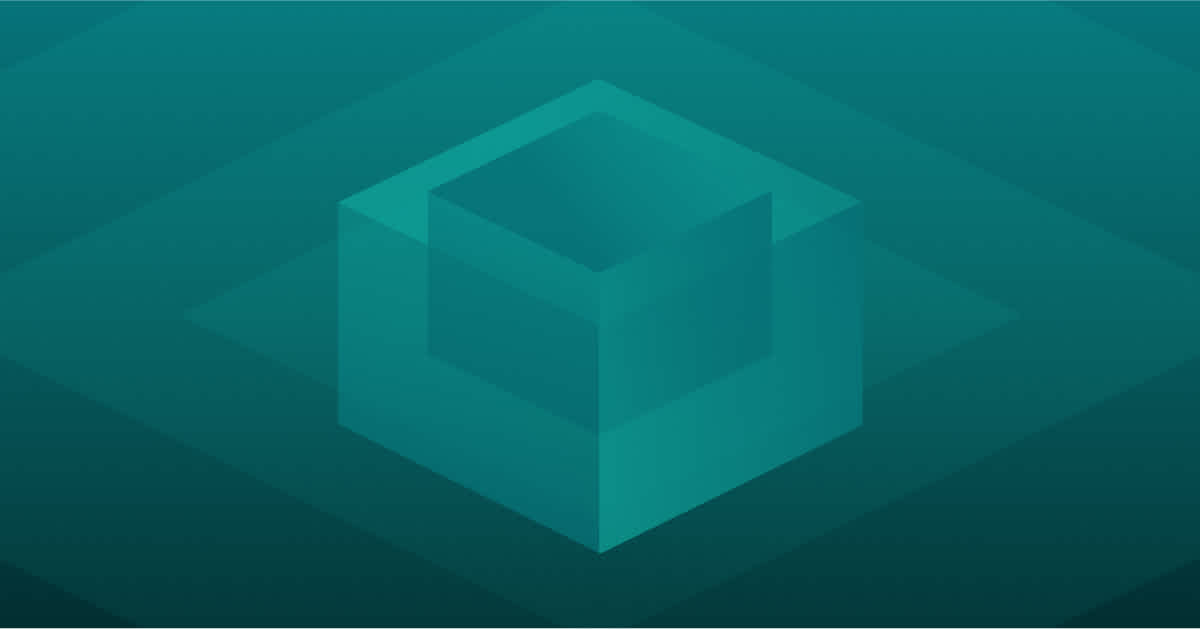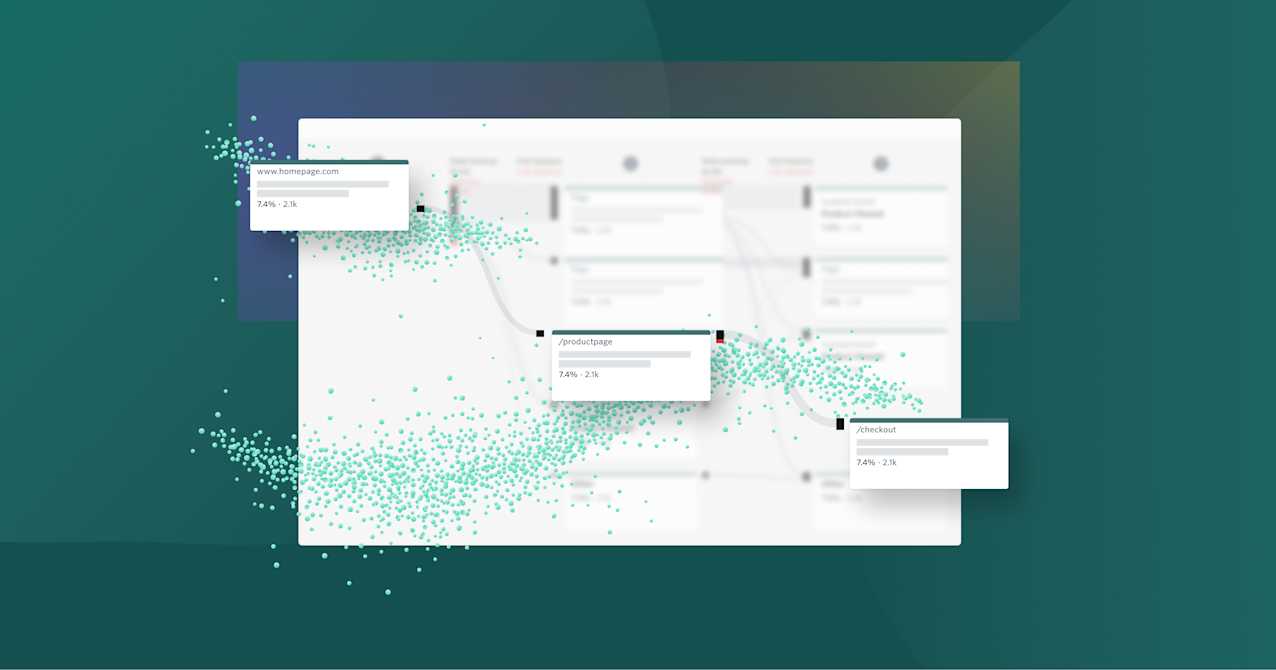Creating a successful product is no easy feat (to say the least), and there’s no silver bullet. Even an organization that seems destined to succeed—one with a strategic roadmap, a hardworking team, the best tools, the most accurate data—can fail.
How?
There isn’t one simple answer to this question, but there is a pretty big secret: Many product failures are the result of too much project thinking and not enough product thinking.
Shreyas Doshi, former product leader at Google, Stripe, Yahoo, and Twitter, revealed this insight in a recent webinar with Agata Bugaj, SVP of Product at Fullstory.
What’s the difference between these two types of thinking, and how can product teams use both to their advantage? In this post, we’ll take a closer look into product thinking vs. project thinking and outline three steps your team can take to improve its product thinking practices.
For more insights, watch the full session with Shreyas and Agata here.
Defining project and product thinking
Both product and project thinking are important for creating successful products, but they need to be balanced. Let’s define what each means.
Project thinking
Think about a time when your team received a customer escalation for a feature request. How did you respond? It’s likely that, even though the feature would be a valuable addition to your product, you felt perturbed that it would disrupt your team’s plans and timelines.
That’s project thinking—valuing output over outcomes. When presented with a new idea or directive, project thinkers default to questions like:
When does it need to be finished?
Who will do it?
How will we do it?
Project thinking is centered around understanding expectations, formulating plans, marshaling resources, and coordinating actions.
Product thinking
Where project thinking is focused on output, product thinking prioritizes outcomes. Rather than centering around the logistics of the project, product thinking is about understanding motivations, devising solutions, simulating the effects of those solutions, and then choosing the best course of action.
Product thinking involves questions like:
Why is it important?
What are our goals?
What else could happen?
How will we differentiate?
Product thinking means looking ahead to the effects you want to have on the user or audience.
Understanding when to use which
Both product and project thinking have a place in the product lifecycle—but one can’t succeed without the other. Your first question might be: “If I’m supposed to prioritize product thinking, how do I get to action?” Here’s how Shreyas describes the process:
Do you go from project thinking to action? No. Do you go from product thinking to action? No. Do you go from product thinking to project thinking and then to action? In my opinion, no. The reality is that this is a little bit of an iterative process.
For Shreyas, the first step is to use product thinking to understand the goals, objectives, and outcomes of what you’re trying to create. After that, it’s time to engage in project thinking: Who will do it? When should we do it? What constraints exist?
It’s likely that, through this project thinking, you’ll realize you won’t be able to accomplish all of your goals right away. And this is where we circle back to product thinking: What’s a creative solution to these constraints? Through this process, you’ll develop a clear hypothesis of how to move forward into action.
3 steps to better product thinking
For many teams, project thinking comes easily. Product thinking, on the other hand, can take some practice. Here are three core steps for building product thinking muscles.
1. Suspend the project thinking mindset and focus on the real goals
Sure, this is technically two steps, but they go hand in hand.
Too often, product teams are simply following a set of instructions and don’t quite understand how their actions are tied back to overarching goals. To combat this, Shreyas uses a simple framework he picked up at Stripe:
WAYRTTD = What are you really trying to do?
This framework is all about understanding the context of actions. For example, let’s say a PM posts in Slack about encountering an error on an API call. Rather than simply answering with how to avoid the error, someone else might respond, “WAYRTTD?”
Meaning: What is it that you’re trying to accomplish? Instead of just troubleshooting, let’s talk about the goal.
Taking this step back can help to recenter the conversation on outcomes can lead to a better, more creative solution.
2. Understand your users’ needs and objections
If you’re a Fullstory user, you’re well aware that users seldom act in the exact ways we predict when building products. (Which is why Session Replay is invaluable for product pros.)
Rather than trying to force users into a particular path, product thinking empowers you to understand their needs and pay attention to the objections they raise to create a better, more intuitive experience.
When your team gets good at this step, they can move beyond addressing objections and begin to anticipate unexpressed needs. Giving a user something they didn’t even know they needed—in other words, creating delight—is one of the three key elements of a great user experience.
3. Simulate outcomes
As mentioned before, product thinking means being intentional about the effects certain choices will have on the end user. What do you want those effects to be? How do you want the user to feel or behave? What choices will lead to those results?
Simulating outcomes is about generating options for how to move forward, then tracing those paths as far into the future as you can. What will happen if we build this feature? What will happen if we don’t? What if we build it later? What if we build an entirely different feature instead? Map the outcome of each action you could take, and then choose the one that most closely aligns with the goals you are trying to accomplish.
Product thinking takes practice, but the benefits can be monumental.
Digital Experience Intelligence helps you find the perfect balance of product and project thinking by blending product analytics with qualitative insights—seamlessly connecting your DX data to real business outcomes. Get a demo.



